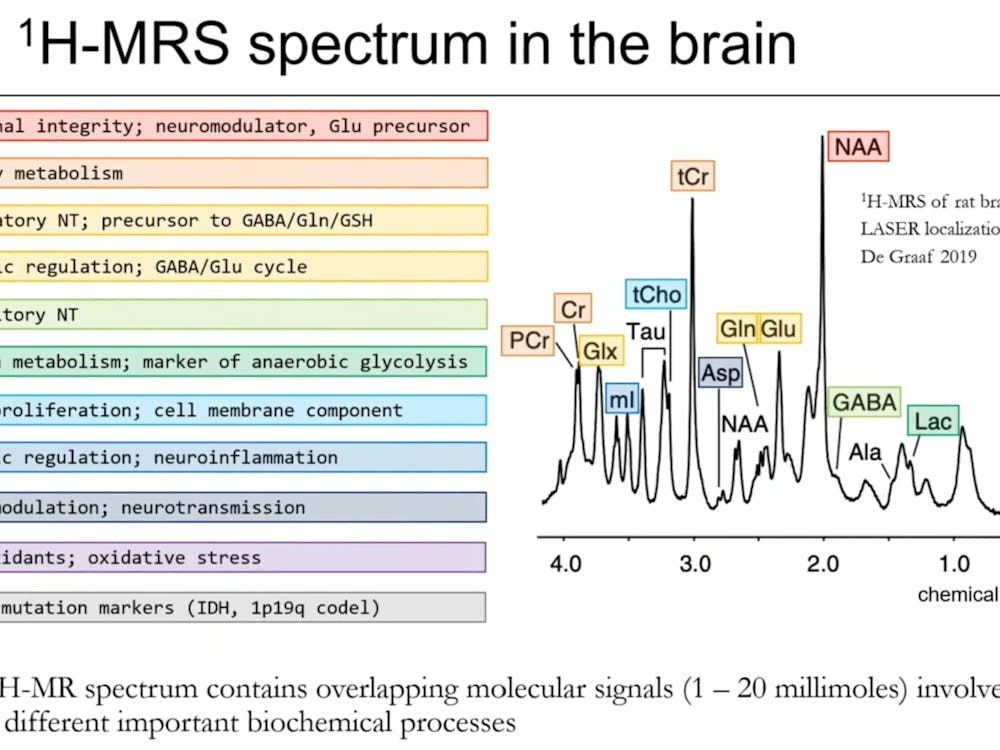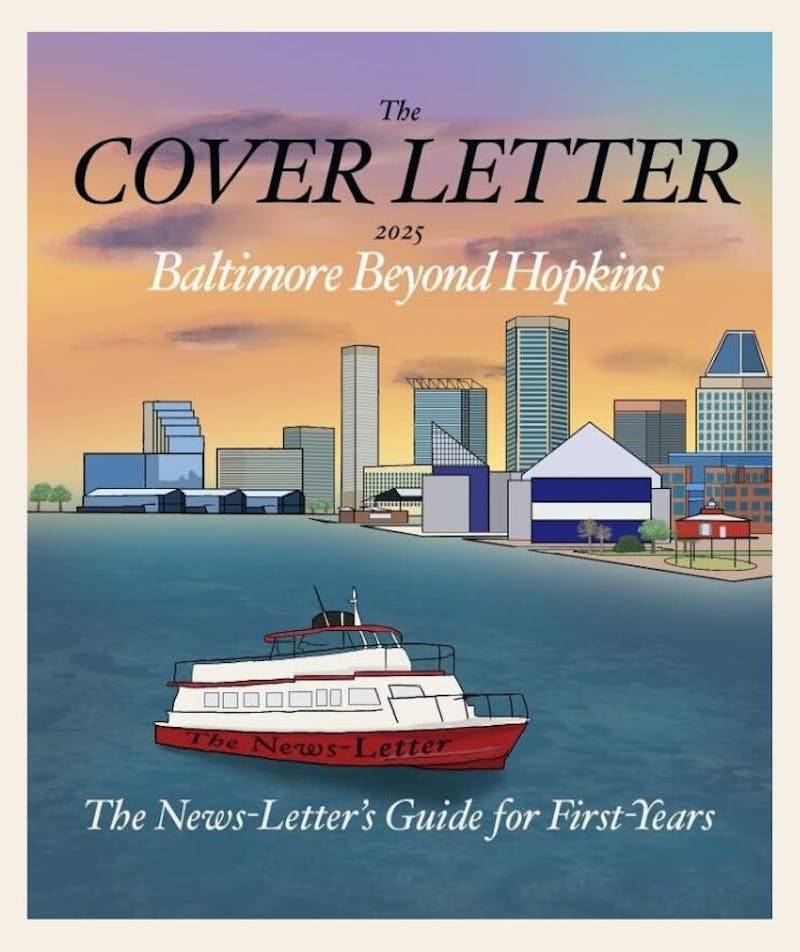Today I examine the Opinion section of The News-Letter through a written interview with its editor, Ayden Min.
From commentary to conversation
“Before I began managing the section, I somewhat felt that the section would focus on op-eds discussing loaded, controversial issues,” Min told me. “[Functioning] like a massive collection of written analysis about the world around us. [Now] I feel that the mission of this section is not solely to speak to the masses [...] but rather, to empower the student body by creating a platform for speaking one’s mind.”
This is a subtle shift but a profound one, from commentary to conversation. Min hopes that students reading these pieces “feel invited to discuss their own thoughts, which are just as important and vital to building the campus culture.” The word “invited” reveals a lot. In a sense, this section isn’t about declaring the last word on a subject. It’s about making sure there’s always room for the next one.
What makes a strong opinion
“A strong op-ed is one that intends to answer some kind of question; and by doing this, invites others to consider their own responses as well,” the editor said.
They rattled off the kinds of questions that keep them up at night: “Why is tuition so expensive? What do we do about AI? How do we protect the arts? Where is American politics headed?” And then, almost as an afterthought, Min questions, “What can we do about it?”
It’s easy to forget, reading today’s click-driven essays, that questioning can be more radical than certainty. Min’s approach suggests that curiosity, not outrage, might still be the purest form of conviction.
When opinions clash
The section’s openness also brings challenges. As the editor put it, “[It] takes a lot for an opinion to be turned away (in fact, I haven’t had to do [this] at all as an editor).”
Instead, the guiding standard is evidence, not popularity. She wrote to me that readers are not obligated to agree with the article’s argument, but asserted that they should at least understand where the writer is coming from.
This is a generous philosophy, one that invites risk and rewards thoughtfulness. But it also raises a question I’ve been thinking about since our conversation: What happens when understanding isn’t enough? When a piece’s reasoning feels shaky or incomplete, who ensures that “the platform for speaking one’s mind” remains grounded in truth as well as freedom?
That tension, between openness and editorial responsibility, is the balancing act every opinion editor faces. And at Hopkins, it’s handled with more care than flash.
Free Expression and Its Boundaries
The editor doesn’t see free expression and responsible expression as opposites. “They go hand in hand,” she wrote. According to Min, free expression becomes a problem when it’s used at the expense of others. She emphasizes that expressing one’s opinion does not diminish the next person’s words, making them “any less valid or valuable.”
The line, “not any less valid or valuable,” might be the most important phrase used in our conversation. The section’s strength lies in that sense of reciprocity: the belief that a paper’s opinion page should expand the conversation, not drown others out.
Of course, ideals like that are easier to print than to practice. But as I read through the section’s recent work, I could see the effort: pieces that challenge, yes, but also listen.
Pieces that capture the spirit
When I asked which article best represents the section’s identity, the editor pointed to the piece “Defending freedom, values and equal opportunity for all in America.”
“[It] does a good job in asking the reader to look inwards and [shape] their own perspectives,” they said. “Whether that is the state of American politics or ranking campus dining halls, I hope that the pieces published in the section prompt readers to sit back and give life to their own opinions.”
That mix of gravity and playfulness, from civic reflection to cafeteria rankings, says something essential about what the section is trying to be. “It is not the content alone that defines the identity of [the Opinion section],” she added, “but rather, the collective spirit of discourse and constant questioning.”
It’s a newsroom ideal that borders on utopian. But in a student publication, utopias aren’t such unreasonable things to chase.
Opinion writing in the age of algorithms
When the editor spoke about social media, they approached the question critically. “It’s admittedly difficult for thousand-word articles to compete with the infinite stream of short-form content,” she said. “But reading [the op-eds written] by other Hopkins students [who] experience life in relatable ways — lows, highs, and everything in between — offers connection.”
That word again: connection. In a world of frictionless posting, the act of writing becomes an act of resistance: slow, deliberate, human. “It is easy to accept information and claims made online,” she said. Min highlighted that this tends to be the case especially when it comes with a high like count, but she pointed out that writing forces us to reason through our thoughts and to challenge ourselves.
After the interview, I continued thinking about that. Maybe the Opinion section isn’t fighting for attention – maybe it’s fighting for attention spans.
A Closing Reflection
After our conversation, one line stayed in my head: “Free expression is only possible when every student’s opinion is given equal space and respect.”
It’s an ideal that sounds simple until you try to live by it, in editing, in writing or in daily conversation. But it’s also what gives the Opinion section its quiet power. It asks students not just to speak but to listen. Not just to react but to reflect.





